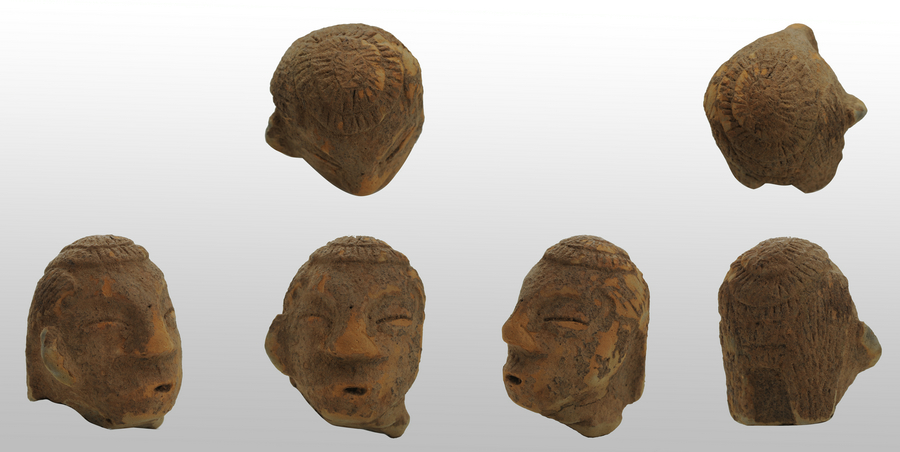

Liaoning is the core area of Hongshan Culture and the key area of related research. It is also the first province in China where Hongshan Culture sites were discovered.
In June 1921, Johan Gunnar Andersson, an archaeologist from Sweden, and his Chinese colleagues first discovered the remains of Hongshan Culture when he cleaned the site of Shaguotun Cave in Jinxi county (now Huludao city in Liaoning).
Then in the following years, archaeologists carried out continuous work on sites and cemeteries, such as Dongshanzui, Hutougou, Niuheliang and Banlashan.
In 2017, archaeologists launched an investigation of Hongshan Culture. Data from the Liaoning Provincial Institute of Cultural Relics and Archaeology show that, as of last year, the number of Hongshan sites and cemeteries in the province has increased from the initial 90 to more than 500.
According to their characteristics, archaeologists divided the Hongshan relics into "living sites" and "burial sites".
Archaeologists found various types of pottery and stoneware at the residential sites.
Although the number of living sites found in Chaoyang is large, the scale of the sites is generally small, which could be related to limited natural environmental conditions for the formation of super-large settlements in the region.
The burial sites are mainly located in the upper reaches of the Laoha River and the Daling River, as well as the Qinglong River Basin.
The relics are relatively simple, mainly the remains of pottery used in sacrifices.
The existing investigation materials show that there are a large number of Hongshan graveyards densely distributed around the Niuheliang site in the upper reaches of the Daling River, and there are large-scale ceremonial buildings such as the goddess temple and large platforms, which indicates that this area was considered a holy place and was where religious ceremonies were conducted in the late Hongshan Culture period.